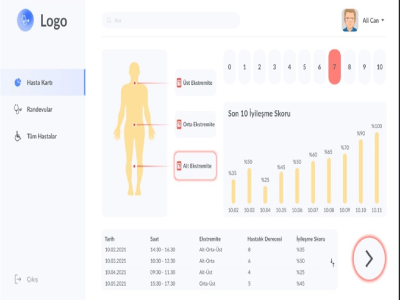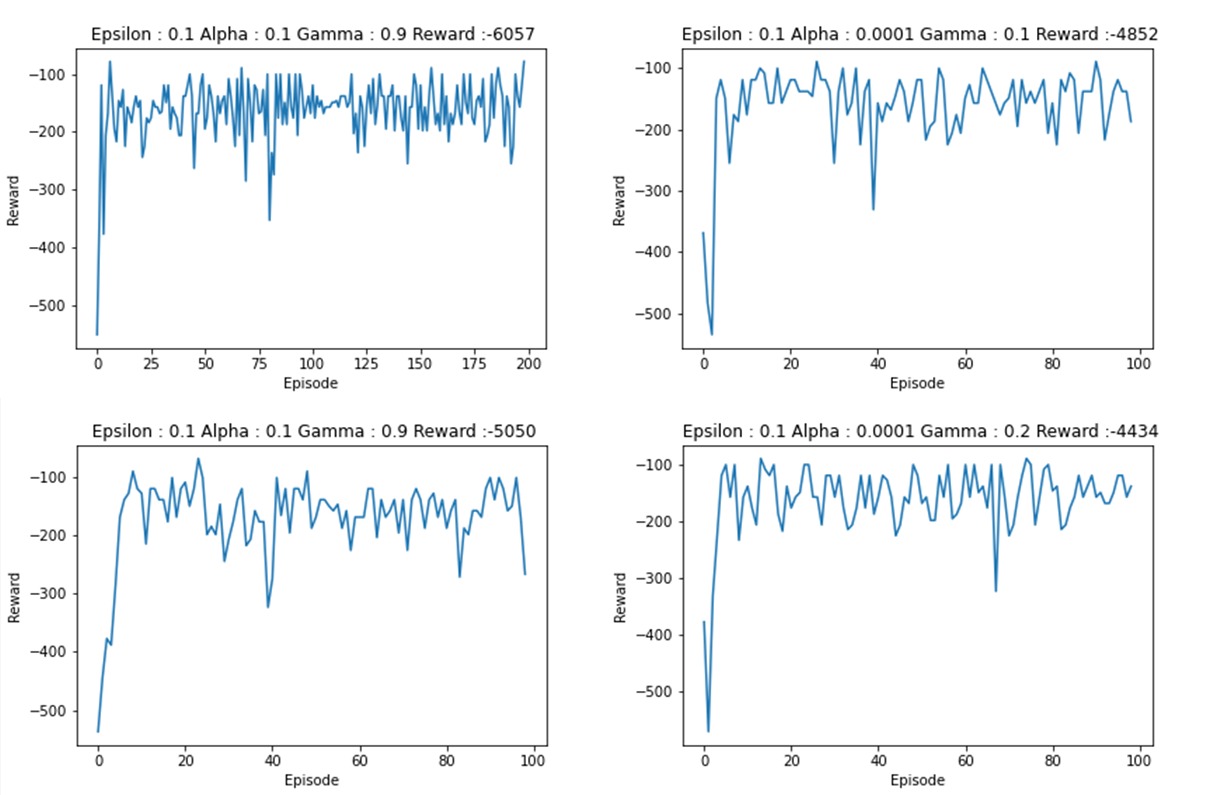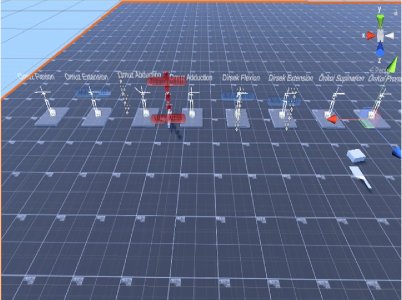Artificial Intelligence Assisted Neurological Rehabilitation of Hemiplegia Patients with Virtual Reality Motion Capture Technique
Healthcare is one of the areas that is rapidly affected by new technologies. One of these technologies is virtual reality technologies. The use of technologies in the delivery of health care allows physicians, nurses, and other healthcare professionals to do their work more quickly with fewer mistakes, as well as to help accelerate patients' recoveries. This designed project uses virtual reality technology to deliver neurological rehabilitation services to adults and children who have hemiplegia. A treatment method that focuses on finding solutions is intended to address the problems that individuals experience after stroke. MOTUS, a VR technology created with the use of motion capture and artificial intelligence, enables hemiplegia patients to carry out their everyday tasks at the proper and desired level and helps their process of reintegration into society. The project provides the treatments and procedures determined by the medical professionals in a VR setting.

The project includes a panel for doctors. The patient's basic information must be submitted by the doctor on this panel. When the doctor selects the paralysed area and identifies the severity of disease, these parameters will be sent to the reinforcement learning section. The reinforcement learning algorithm consists of agents that have been pre-trained with the optimum parameters and are specialized for each disease degree of the disease. The rehabilitation movements of the patient are given as the output of the algorithm by choosing the environmental unit that correspondes the provided parameters. On the other hand, the patients will have 23 inertial measurement units linked to them, including 10 to their fingers and 13 to their knuckles. In this way, the movements of the patient on the created map can be done on the game screen. The movements are transmitted to the Unity 3D game engine via the desktop program. Game selection is made according to rehabilitation movements. It is required to perform the movements given as game parameters. Within each game, a movement success rate is calculated. The achievement values are transmitted to the desktop programme and saved in the database after the rehabilitation activities are completed. Each patient's movement performance is evaluated on the doctor panel of the desktop programme on a weekly, monthly, and annual basis. According to the patient's training results, the total rehabilitation process is calculated. As a result, the doctor can continuously examine the patient.

It is hoped that the project will make a significant contribution to the recovery of hemiplegia patients.



